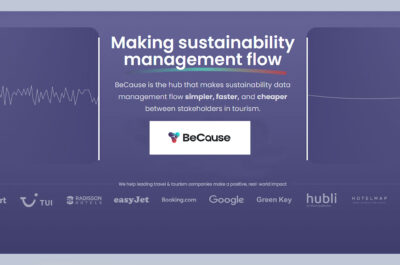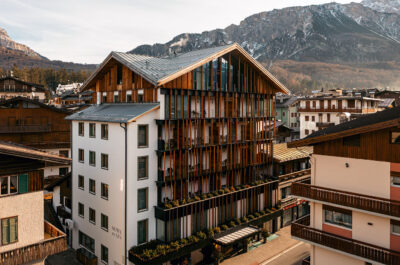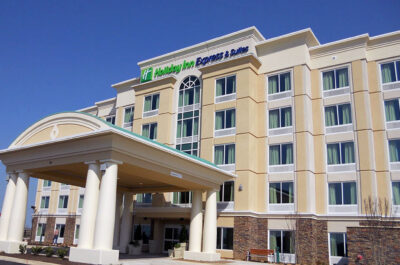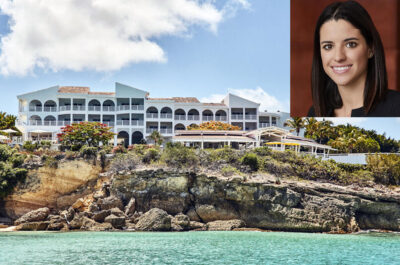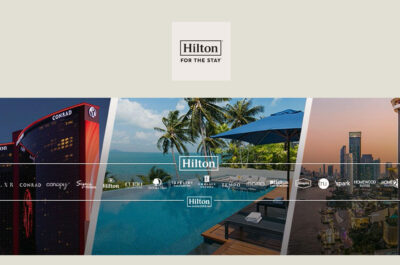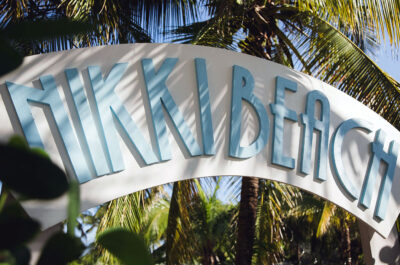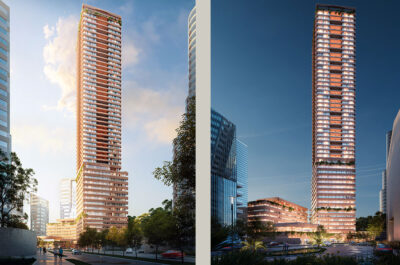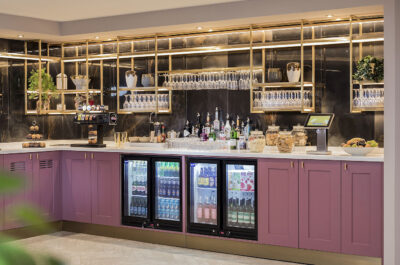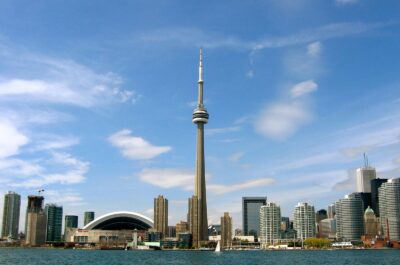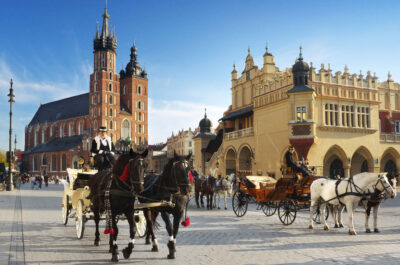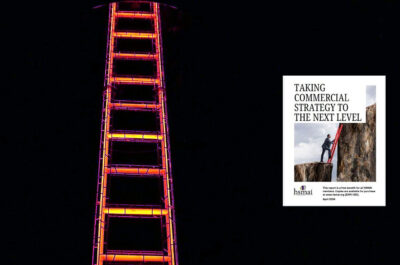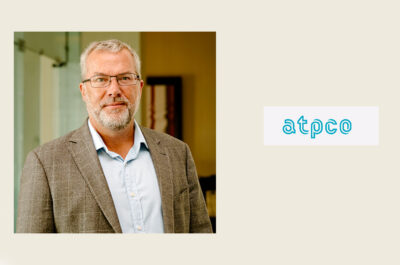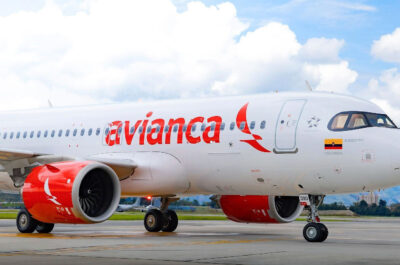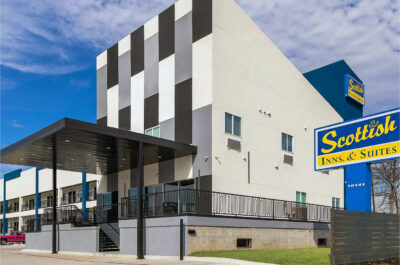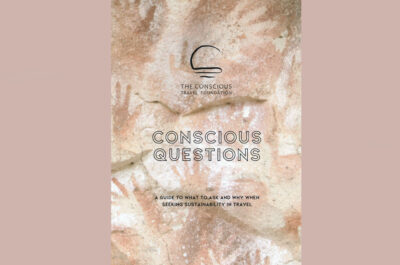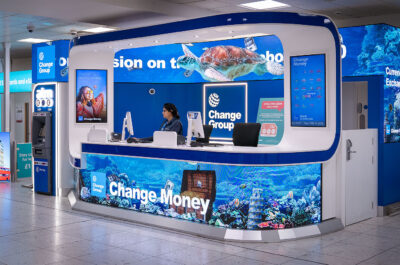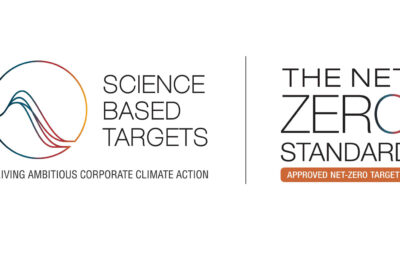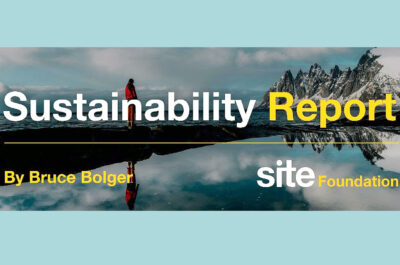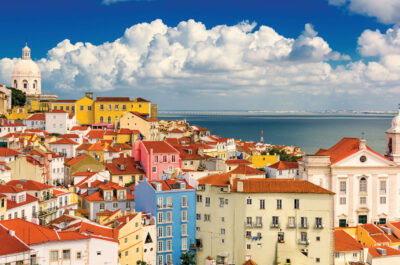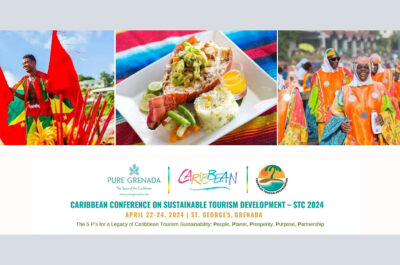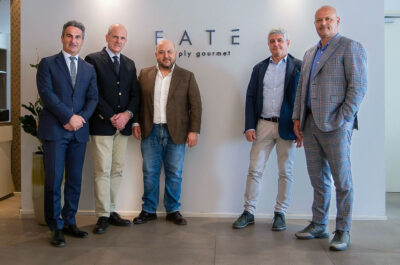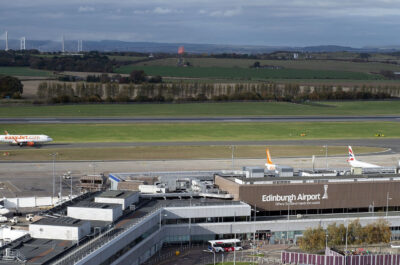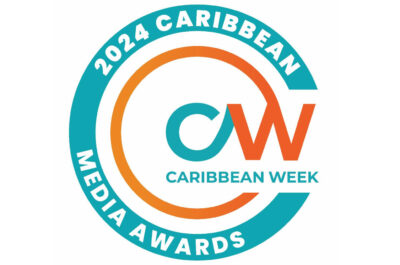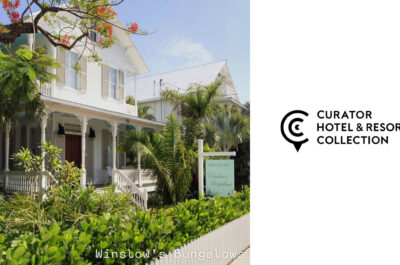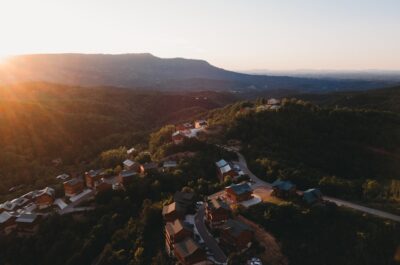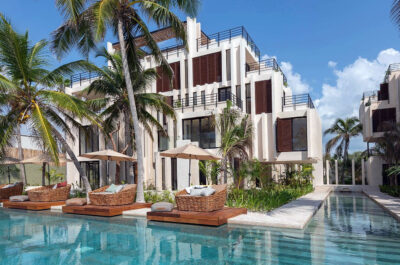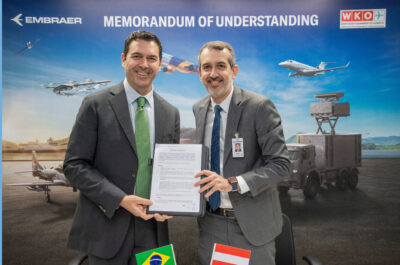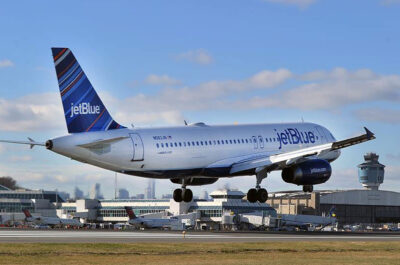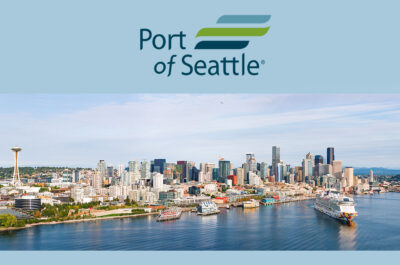Compared with December 2014, the Middle East subcontinent reported a 3.4% decrease in occupancy to 66.8%. ADR for the month dropped 4.1% to US$204.27. RevPAR fell 7.3% to US$136.52. The Northern Africa and Southern Africa subcontinents experienced a 1.2% decline in occupancy to 51.8%. However, ADR was up 11.3% to US$129.46, and RevPAR increased 10.0% to US$67.13.
Hotels in the Middle East reported negative year-end 2015 results, while hotels in Africa recorded mostly positive year-end 2015 results in the three key performance metrics when reported in U.S. dollar constant currency, according to data from STR Global.
Compared with 2014, the Middle East subcontinent reported a 2.0% decrease in occupancy to 67.4%. Average daily rate for the year was down 2.6% to US$192.82. Revenue per available room dropped 4.6% to US$129.98.
The Northern Africa and Southern Africa subcontinents experienced a 0.2% increase in occupancy to 57.3%. Average daily rate was up 7.1% to US$111.34, and RevPAR increased 7.3% to US$63.74.
Performance of featured countries for year-end 2015 (local currency, year-over-year comparisons):
Egypt recorded a 4.2% increase in occupancy to 53.7% as well as double-digit growth in ADR (+18.9% to EGP616.46) and RevPAR (+23.9% to EGP331.16). Egypt’s RevPAR increased year over year by more than 40.0% in six of the first seven months in 2015. Following the October plane crash in the Sinai Peninsula, flights to Sharm el-Sheikh from many destinations were placed on hold until March 2016, creating a knockdown affect in hotel performance. Other markets, including Cairo and Hurghada, helped performance in Egypt carry on, with ADR up countrywide by 11.5% in December.
Saudi Arabia saw a 2.6% decrease in occupancy to 62.4% but increases in ADR (+3.6% to SAR799.38) and RevPAR (+0.9% to SAR498.49). According to STR Global analysts, the country’s conflict with Yemen and the oil price decline have affected hotel performance in recent months. However, rate growth drove a slight RevPAR increase for the year.
The United Arab Emirates reported decreases in each of the three key performance metrics: occupancy (-0.6% to 74.8%), ADR (-6.2% to AED705.75) and RevPAR (-6.7% to AED528.19). Supply growth (+6.2%) outpaced demand growth (+5.6) in 2015, causing the decline in occupancy, and nearly flat revenue led to the declines in ADR and RevPAR.
Performance of featured markets for year-end 2015 (local currency, year-over-year comparisons):
Cape Town, South Africa, saw a 2.3% dip in occupancy to 66.1%, but a 10.2% rise in ADR to ZAR1,405.62 drove a 7.7% increase in RevPAR to ZAR929.43. Although Cape Town and other parts of South Africa are challenged to fill the increased supply generated from the 2010 FIFA World Cup, hoteliers in Cape Town have seen success with higher rates.
Lagos, Nigeria, experienced decreases in occupancy (-11.3% to 44.7%) and RevPAR (-3.8% to NGN18,557.08). ADR was up 8.5% to NGN41,486.91. STR Global analysts cite Boko Haram conflicts in the country as well as uncertainty during the Nigerian general elections and low oil prices as negative factors contributing to Lagos’ overall performance.
Jeddah, Saudi Arabia, reported nearly flat occupancy performance (+0.1% to 74.3%). Average daily rate in the market was down 2.2% to SAR948.31, and RevPAR dipped 2.1% to SAR704.60. The country has seen significant negative developments following the tragic stampede during the annual Hajj pilgrimage in September.
Manama, Bahrain, experienced decreases in occupancy (-7.6% to 51.5%) and RevPAR (-2.0% to BHD40.99). ADR in the market increased 6.0% to BHD79.58. Although Manama’s overall performance for the year dropped, the market did have some notable achievements in 2015. There was a positive upswing in September as a result of the Muslim holiday Eid al-Adha, when demand growth (+22.6%) outpaced supply growth (+14.2%), resulting in a significant RevPAR growth (+27.5%).
Middle East and Africa performance for December 2015 (U.S. dollar constant currency, year-over-year comparisons):
Compared with December 2014, the Middle East subcontinent reported a 3.4% decrease in occupancy to 66.8%. ADR for the month dropped 4.1% to US$204.27. RevPAR fell 7.3% to US$136.52.
The Northern Africa and Southern Africa subcontinents experienced a 1.2% decline in occupancy to 51.8%. However, ADR was up 11.3% to US$129.46, and RevPAR increased 10.0% to US$67.13.
Europe hotel results for year-end 2015, December 2015
The European hotel industry recorded positive year-end 2015 results in the three key performance metrics when reported in Euro constant currency. Compared with 2014, Europe reported a 2.3% increase in occupancy to 70.1%, a 4.6% increase in average daily rate to EUR112.16 and a 7.1% increase in revenue per available room to EUR78.68.
Performance of featured countries for year-end 2015 (local currency, year-over-year comparisons):
Germany reported increases across the three key performance metrics: occupancy (+2.2% to 69.9%), ADR (+4.3% to EUR99.46) and RevPAR (+6.5% to EUR69.52). Demand growth (+2.8%) in the country outpaced supply growth (+0.6%) for the year, and occupancy and RevPAR each increased in year-over-year comparisons in 11 of 12 months.
Hungary recorded increases in each of the three key performance indicators. Occupancy increased 5.6% to 71.5%; ADR was up 9.1% to HUF21,431.05; and RevPAR increased 15.3% to HUF15,325.37. Demand growth (+5.5%) significantly outweighed supply growth (-0.1%) for the year. In addition, the third quarter of 2015 produced a 21.3% increase in RevPAR.
Portugal posted a 5.7% increase in occupancy to 66.7%, a 9.9% rise in ADR to EUR89.63 and a 16.2% increase in RevPAR to EUR59.75. December was a particularly strong month in the country with RevPAR up 28.2% in year-over-year comparisons. Overall in 2015, Portugal’s demand growth (+6.2%) was significant, while supply growth (+0.4%) remained almost flat. STR Global analysts note that demand was driven primarily by the transient segment, and regions outside of key cities such as Porto and Lisbon reaped the benefits.
Switzerland reported decreases in the three key performance measurements: occupancy (-0.4% to 65.0%), ADR (-2.5% to CHF217.41) and RevPAR (-2.9% to CHF141.39). STR Global analysts describe 2015 as a turbulent year in Switzerland due to the sudden unpegging of the Swiss Franc from the Euro. In addition, a warmer winter was reflected in seasonal hotel performance with a fourth-quarter demand decline of 1.4%.
Performance of featured markets for year-end 2015 (local currency, year-over-year comparisons):
Brussels, Belgium, saw a 1.5% decrease in occupancy to 69.8% but increases in both ADR (+3.7% to EUR109.61) and RevPAR (+2.1% to EUR76.54). The year’s overall occupancy level was affected by the terrorist attacks in Paris, France, and the subsequent security lockdown on Brussels. Occupancy dropped 19.3% in November and 26.5% in December. ADR for December also fell 2.0% after six consecutive months of year-over-year increases.
Budapest, Hungary, posted increases in each of the three key performance metrics: occupancy (+6.0% to 73.2%), ADR (+8.8% to HUF22,793.73) and RevPAR (+15.3% to HUF16,676.94).
Paris, France, experienced decreases in occupancy (-4.8% to 76.5%) and RevPAR (-1.7% to EUR195.58). ADR in the market increased 3.3% to EUR255.80. Paris’ occupancy decreased year over year in 10 of 12 months in 2015. During the final month of the year, occupancy fell 20.0% to 58.9%, the lowest December absolute occupancy in the market since 2001. According to STR Global analysts, performance was boosted some by the United Nations Conference on Climate Change (30 November-11 December); however, security concerns have led to an overall decline in travel to Paris.
Milan, Italy, reported a 9.4% increase in occupancy to 69.4% and double-digit spikes in ADR (+19.3% to EUR155.58) and RevPAR (+30.5% to EUR107.92). The market’s success story of 2015 was primarily driven by the Expo Milano, which ran from May through October. Even after Expo Milano, the market stayed busy with large events such as Eicma-Motorcycle Exhibition and ITMA (International Textile and Machinery Association) exhibition.
European performance for December 2015 (Euro constant currency, year-over-year comparisons):
Compared with December 2014, Europe reported a 0.6% increase in occupancy to 59.1%, a 2.4% increase in ADR to EUR105.36 and a 3.1% increase in RevPAR to EUR62.30.
Central/South America hotel results for year-end 2015, December 2015
Hotels in the Central/South America region recorded mixed year-end 2015 results when reported in U.S. dollar constant currency, according to data compiled by STR, Inc. and STR Global.
Compared with 2014, the Central/South America region reported a 3.9% decrease in occupancy to 58.1%. Average daily rate grew 4.5% to US$117.76, and revenue per available room increased 0.4% to US$68.45.
Performance of featured countries for year-end 2015 (local currency, year-over-year comparisons):
Argentina saw occupancy remain nearly flat (-0.5% to 58.1%), but a 13.4% rise in ADR to ARS1,087.54 drove a 12.8% increase in RevPAR to ARS631.72. According to STR Global analysts, Argentina experienced a turbulent 2015 in terms of currency. A lift in currency control by a new government regime resulted in a lower Argentine Peso to U.S. Dollar conversion. ADR has increased year over year for 39 consecutive months, including a 33.0% spike in December 2015.
Brazil reported decreases in each of the three key performance metrics: occupancy (-7.7% to 56.6%), ADR (-5.8% to BRL282.16) and RevPAR (-13.1% to BRL159.78). STR Global analysts note that the country is facing an economic downturn and struggling with currency devaluation and a high inflation rate. Performance numbers for June and July were significantly lower than the same two-month period in 2014 when Brazil hosted the FIFA World Cup. The country will host the Olympics and Paralympics during August and September of 2016.
Peru experienced a 2.7% dip in occupancy to 65.0% but increases in ADR (+10.1% to PEN457.39) and RevPAR (+7.1% to PEN297.37). Although Peru reported occupancy increases in each of the first six months of the year, overall performance declined in the second half with six consecutive months of occupancy decreases. October was the strongest month of 2015 for Peru (RevPAR +30.4%) as Lima hosted the Annual Meetings of the International Monetary Fund and the World Bank Group.
Performance of featured markets for year-end 2015 (local currency, year-over-year comparisons):
Bogota, Colombia, saw a 1.6% decrease in occupancy to 54.5% but double-digit growth in ADR (+12.2% to COP282,940.39) and RevPAR (+10.4% to COP154,218.73). According to Oxford Economics, a drop in the value of the Colombian Peso versus the U.S. Dollar pushed inflation in the country. This resulted in continuous ADR growth throughout 2015. Occupancy, however, declined year over year during eight months of the year.
Panama City, Panama, reported decreases in the three key performance measurements: occupancy (-0.6% to 50.5%), ADR (-4.3% to PAB100.81) and RevPAR (-4.9% to PAB50.90). Strong supply growth (+7.1%) pressured occupancy and ADR in the market. STR Global analysts expect that supply growth will continue with a heavy development pipeline in Panama City.
Rio de Janeiro, Brazil, reported double-digit declines across the three key performance metrics: occupancy (-11.7% to 64.0%), ADR (-12.9% to BRL470.03) and RevPAR (-23.1% to BRL300.97). The city experienced double-digit supply growth in each of the last four months of the year in preparation for the 2016 Olympics. The year ended well for the market as Rio de Janeiro’s New Year’s Eve fireworks show at Copacabana Beach led to an absolute occupancy of 91.0% and ADR of BRL1177.39 on 31 December.
Central/South America region performance for December 2015 (U.S. dollar constant currency, year-over-year comparisons):
Compared with December 2014, the Central/South America region reported a 4.4% decrease in occupancy to 50.8%. However, ADR grew 10.8% to US$131.50, and RevPAR increased 5.9% to US$66.84.
Theodore is the Co-Founder and Managing Editor of TravelDailyNews Media Network; his responsibilities include business development and planning for TravelDailyNews long-term opportunities.

